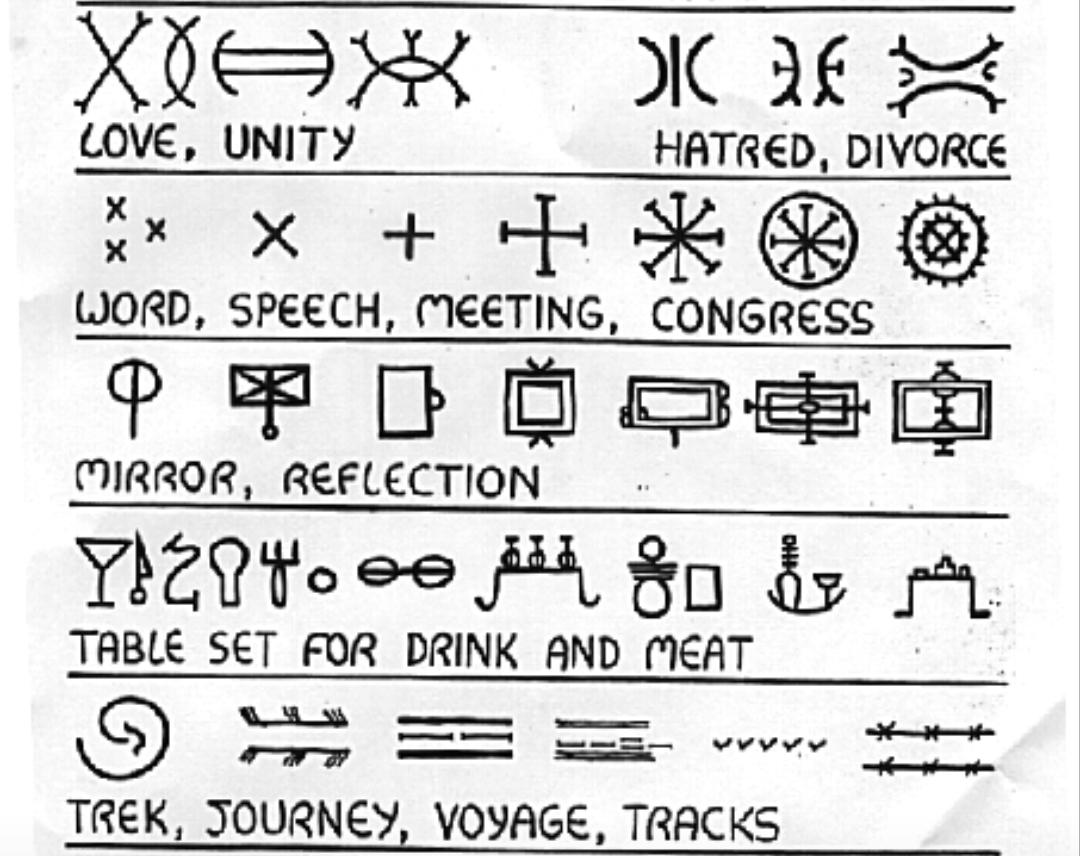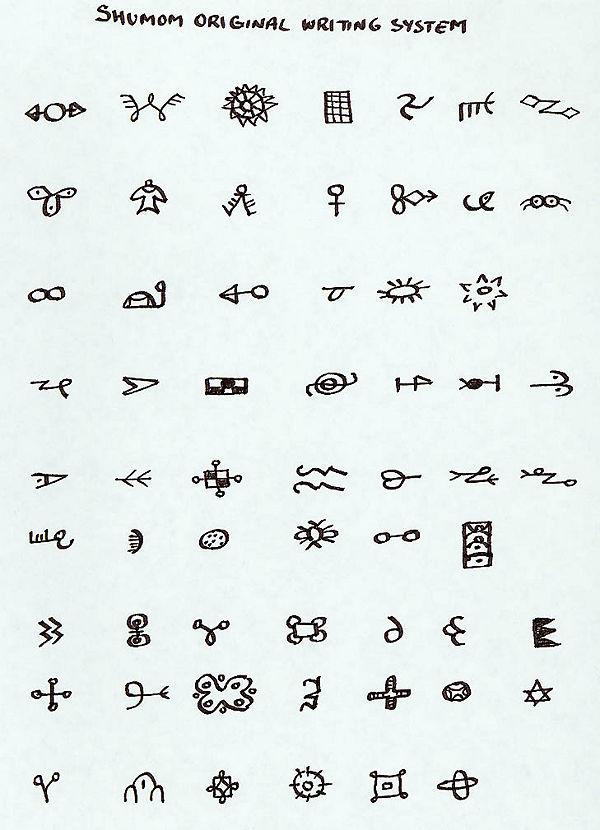
The History of African Design as told by Saki Mafundikwa

“The creative Freedom in Africa, the creative tradition is as potent as it has always been, if only designers could look within.”
Saki Mafundikwa is a Zimbabwean author and former professor at NYU. He left New York in 1999 and returned home to create an institution rooted in Afrikan history called the Zimbabwean Institute of Vigital Arts (ZIVA), one that was “informed but not dictated by European Design”.
The idea behind ZIVA was to create a new visual language based on the African creative Heritage. Africa has a long history of writing, however this is not really a well known fact. So as a way to address that, in 2004, Mafundikwa also wrote Afrikan Alphabets: the story of Writing in Afrika. Until today this is the first and only go-to book on African typography.

In his 2013 Ted Talk, Mafundikwa breaks down different types of writing in African history; the first being Proto-writing: an example being Nsibidi, an ancient writing created by the Ejagham people in Southern Nigeria. Nsibidi was a writing system created by a secret society of the Ejagham people, it is also one of the oldest forms of writing in Africa, its symbols refer to an abstract concept or actions instead of words. Its direct translation in the Ekold Language is literally “Cruel letters”.
He also speaks of the Adinkra Symbols of the Akan People of Ghana and Cote d’Ivoire. These Motifs represent historical events, objects, animals and proverbs. They originated from 400 years ago and as part of the Adinkra symbols, Mwafundikwa speaks of the Sankofa, a symbol that means “Return and get it” learn from the past.

In his book as well as the Ted talk, he also mentions the secret societies of the Yoruba (Nigeria), Kongo (Congo) and Palo Religions (Angola) and how they developed an intricate writing system called the Abakwa graphic writing, which is still used pretty frequently in the modern world. This type of writing is also used in countries such as Cuba, Brazil, Trinidad and Haiti.
In the Ituri society of the Republic of Congo, the men pound a cloth out of a special tree. The women, who also do the praise singing, draw interweaving patterns that are similar in structure to that of the polyphonic structures used in their singing, basically like a musical score. Whereas in South Africa, Dembele women use their symbols and other geometric patterns to decorate their homes in bright colors. A lot of these Bantu symbols in South Africa were not taught to just anybody, however it was recorded that about 30 percent of the Bantu people could actually write in this language. Apart from some medicine men and some elders, today, it is mostly women who still employ this writing system.

There is also the, probably mostly well known, Ethiopic Scripts that was developed in the fourth century A.D. which is used to write Amharic, currently spoken by over 24 Million people. Shu-mom (or Bamum scripts) is also another interesting writing system developed by King Ibrahim Njoya of the Bamum kingdom in Cameroon, when he was only 25 (the same age as the man currently writing this blog and a week behind schedule). The writing system has six versions that were developed over 30 years. The first version had 456 signs whilst the current version has 83 signs, 10 numbers and 73 syllables. In 1918, the Bamum type was created but it unfortunately went into disuse around 1931.
Africa definitely has a long history of design and there is a lot more African design history discussed by Mafundikwa in both his book and his Ted Talk video. However, as Mafundikwa puts it, African designers are more inclined to look to westerners for influence and inspiration instead of inwards. Africans have to realize that there is a lot more inspiration to find right here at home, “we have to look inwards”, which is the reason why Mwafundikwa himself created ZIVA in the first place. However, because of politics and the cruel intentions of the global Pandemic, ZIVA was closed down in January 2020 and Mafundikwa is currently busy trying to bring it back through online courses.

The fortunate thing however, is that more and more African designers are starting to use and study the history of African design in their work. One good example is Osmond Tshuma, a Zimbabwean award winning Designer, typographer and curator who specializes in African inspired themes. Tshuma is also well known for developing the visual language for the Obama Foundation Africa Leaders program. He also created the Colonial Bastard Rhodes’ typeface, which is both a post-colonial critique of Cecil Rhodes and the impact of colonialism in South Africa. The font is based on identifying certain key characteristics of fonts and typography used during the colonial era.
With designers like Tshuma following in the footsteps of Saki Mafundikwa, there is hope of Africa Creative tradition staying for a long while, it’s only up to designers and us artists to not copy the westerners but look “inwards” for inspiration.
Related Posts





Quick Links
Legal Stuff


